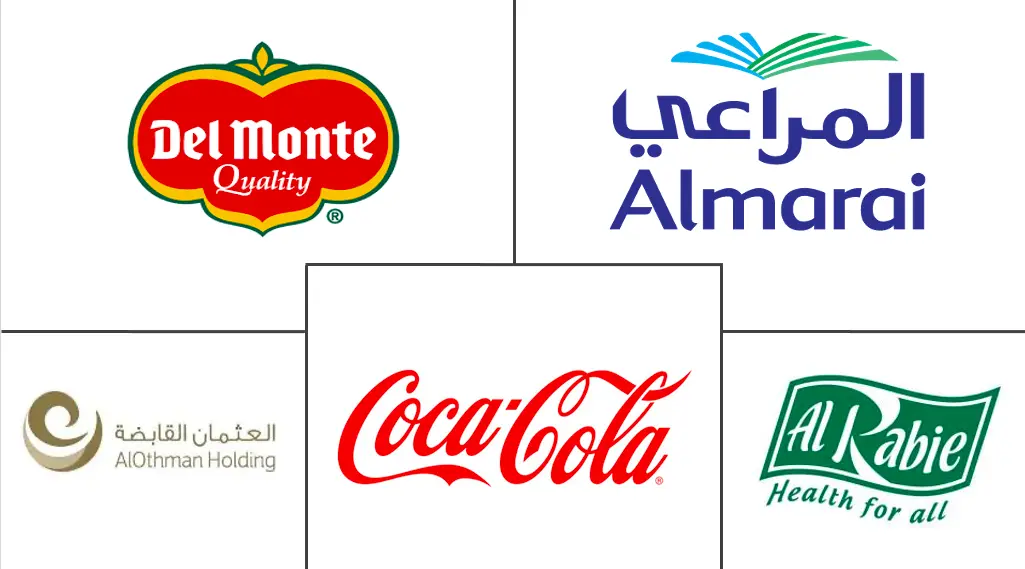The food service industry in North America, encompassing the United States and Canada, is a dynamic and critical sector of the economy, characterized by a diverse array of establishments, from quick-service restaurants (QSRs) and full-service restaurants (FSRs) to catering services and food trucks. This report provides an overview of the industry’s current state, including market size, growth trends, key segments, and challenges. It also outlines future prospects and strategic recommendations for stakeholders.
Industry Overview
Market Size and Growth
The North American food service industry represents a significant portion of the economy, with the United States leading in terms of market size. Prior to the challenges brought on by the COVID-19 pandemic, the industry was experiencing steady growth, driven by increasing consumer spending on dining out and the convenience of food delivery services. While the pandemic initially caused a sharp decline in revenue across the sector, a rebound has been observed as establishments adapt to new consumer behaviors and restrictions ease.
Key Segments
- Quick Service Restaurants (QSRs): This segment dominates the North American market, attributed to the consumer demand for convenience and fast service. Major players include McDonald’s, Starbucks, and Subway.
- Full-Service Restaurants (FSRs): FSRs offer sit-down meals with table service, encompassing a wide range of cuisines and dining experiences. They were more heavily impacted by pandemic restrictions but are recovering with the introduction of innovative service models.
- Catering and Food Contractors: Providing food services to institutions, events, and businesses, this segment has seen fluctuating demand, with growth opportunities as public gatherings resume.
- Cafés and Coffee Shops: With a strong coffee culture in North America, this segment continues to grow, focusing on premium and specialty coffee offerings.
- Food Trucks and Street Food: An area of significant growth, offering entrepreneurs lower start-up costs and flexibility, while providing consumers with diverse and gourmet food options.
Trends and Drivers
Digital Transformation
The acceleration of digital ordering, delivery apps, and contactless payment options has transformed the industry, making online presence and digital marketing strategies critical for success.
Health and Sustainability
Consumers are increasingly seeking healthy, locally sourced, and sustainable dining options, influencing menu offerings and business practices.
Experience and Convenience
The demand for unique dining experiences coexists with the need for convenience, leading to innovative formats like ghost kitchens, pop-up restaurants, and meal kit services.
Economic and Regulatory Challenges
Fluctuating food costs, labor shortages, and navigating local and federal regulations continue to pose challenges for industry operators.
Future Outlook
Continued Adaptation to Consumer Preferences
Businesses that remain flexible and responsive to evolving consumer trends, such as plant-based diets and environmental sustainability, are likely to thrive.
Growth of Technology Integration
Further integration of technology, including AI for personalized experiences and robotics for efficiency, is anticipated.
Expansion of Delivery and Takeout Services
The delivery and takeout segment is expected to continue growing, even post-pandemic, as consumer behaviors have shifted towards convenience and at-home dining.
Strategic Recommendations
- Invest in Technology: Enhance online ordering systems, adopt sophisticated POS systems, and explore automation to improve efficiency.
- Focus on Health and Sustainability: Incorporate healthy, organic, and locally sourced ingredients into menu offerings to attract health-conscious consumers.
- Diversify Service Models: Explore ghost kitchens, food trucks, and subscription meal kits to reach consumers in new ways and reduce overhead costs.
- Enhance Customer Experience: Invest in training for staff and design of premises to provide exceptional service and atmosphere.
- Adapt to Changing Regulations: Stay informed about local and federal regulations to ensure compliance and adapt business practices accordingly.
Conclusion
The North American food service industry is poised for recovery and growth, driven by technological advancements, changing consumer preferences, and innovative business models. By embracing digital transformation, prioritizing sustainability and health, and adapting to the evolving market landscape, industry players can navigate challenges and capitalize on new opportunities in the post-pandemic world.
Related: World’s Top 50 Foodservice Companies



